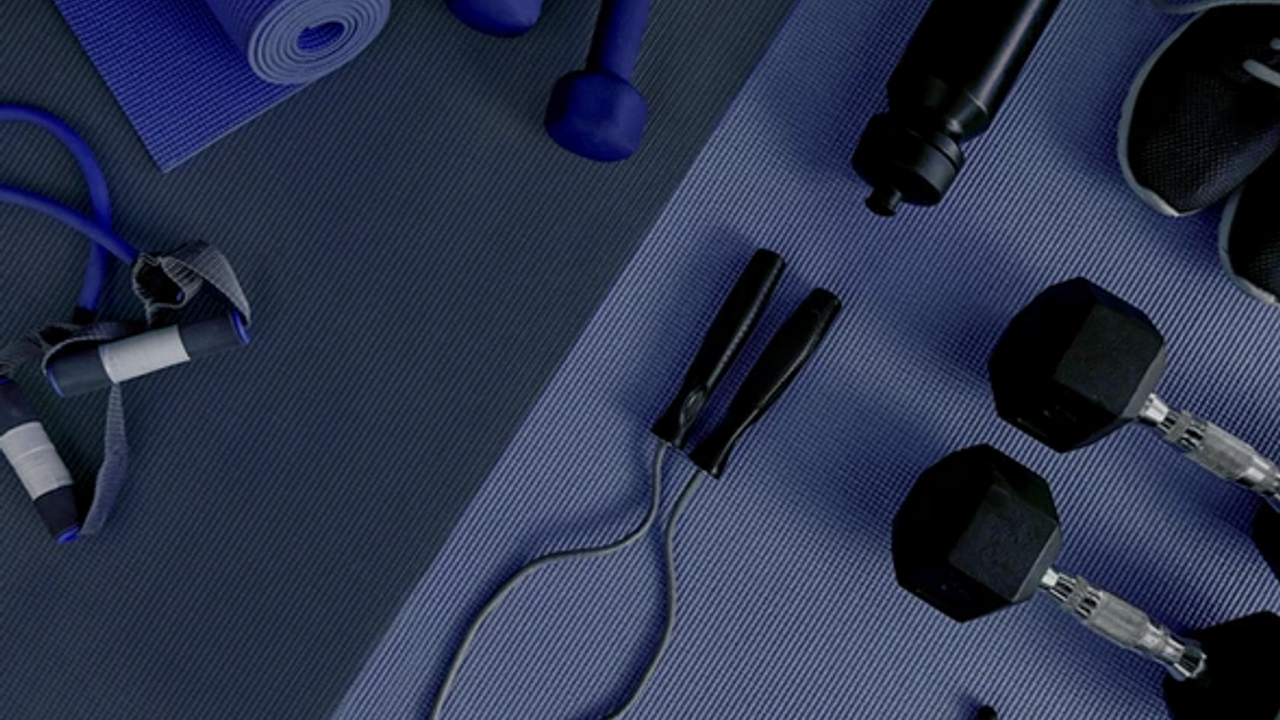Six Ways to Prevent Post-Workout DOMs
Sep 06, 2020
It’s always so exciting to start a new fitness program. Whether it’s switching up your normal routine and trying something new (something I personally love to do every six to eight weeks to keep my body progressing), or jumping back into fitness after a short (or even long) hiatus.
1. Stretch --> Stretching is your first line of defense after a good workout. When you train, you contract your muscles, and the muscle fibers get shorter. Lengthening them after a workout promotes mobility, and can lead to a more thorough recovery.
-
Consuming an adequate amount of protein after a workout gives your body the amino acids it needs to repair and rebuild. It's recommended that you consume 0.14–0.23 grams of protein per pound of body weight within 30-60 minutes of your workout. [Eggs, Greek yogurt, Cottage cheese, Salmon, Chicken, Protein bar (check the sugar), Tuna]
-
Your body's glycogen stores are used as fuel during exercise, and consuming carbs after your workout helps replenish them. Try consuming 0.5–0.7 grams of carbs per pound of body weight within 30-60 minutes after training. [Sweet potatoes, Chocolate milk, Quinoa, Fruits (pineapple, berries, banana, kiwi), Rice cakes, Oatmeal, Dark, leafy green vegetables]
-
Many people think that eating fat after a workout slows down digestion and inhibits the absorption of nutrients. But I promise you there are some great benefits to adding a little healthy fat to your post-workout meal. [Avocado, Nuts, Nut butters, Trail mix (dried fruits and nuts)]
-
Of course . . . HYDRATE!!
The best post workout options:
- Grilled chicken with roasted vegetables.
-
Egg omelet with avocado spread on toast.
-
Salmon with sweet potato.
-
Tuna salad sandwich on whole grain bread.
-
Tuna and crackers.
-
Oatmeal, whey protein, banana and almonds.
-
Cottage cheese and fruits.
-
Pita and hummus.
-
Rice crackers and peanut butter.
-
Whole grain toast and almond butter.
-
Greek yogurt, berries and granola.
-
Protein shake and banana.
-
Quinoa bowl with berries and pecans.
5. Heat --> Heat increases circulation (especially focused heat like that of a Jacuzzi, hot shower, or Epsom salt bath) making it a powerful recovery tool between workouts.
Stay connected with news and updates!
Join our mailing list to receive the latest news and updates from our team.
Don't worry, your information will not be shared.
We hate SPAM. We will never sell your information, for any reason.


